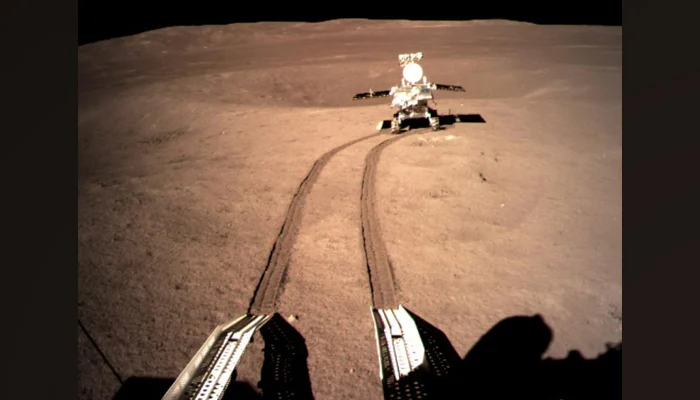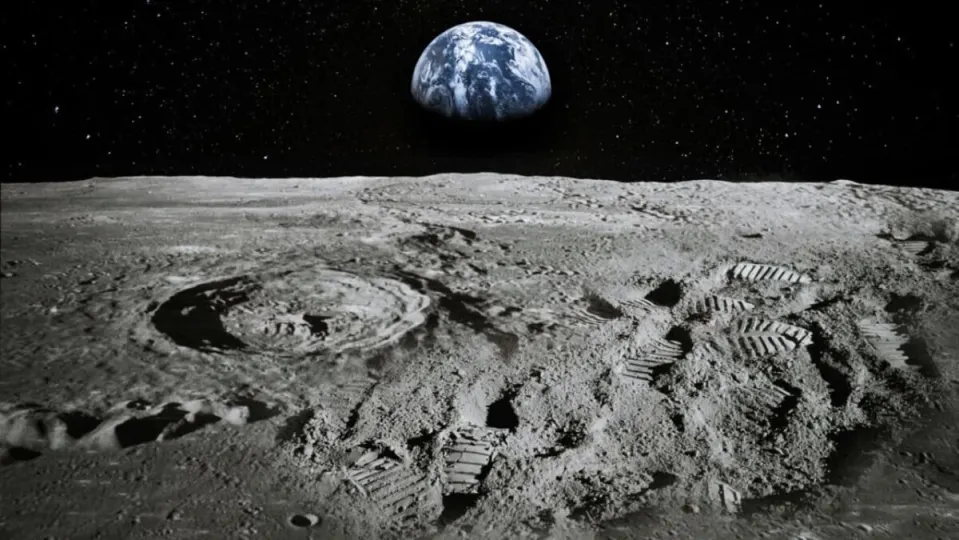Chinese scientists have unveiled groundbreaking insights into the moon’s far side, using the Chang’e-4 rover to penetrate deep beneath the lunar surface and gain a more comprehensive understanding of its hidden structures. The study, published in the Journal of Geophysical Research: Planets, sheds light on lunar evolution through the use of Lunar Penetrating Radar (LPR) technology.
The Chinese Yutu-2 probe, equipped with LPR, effectively imaged the moon’s subsurface by capturing echoes of sound rebounding from deep within the regolith. This novel approach allowed researchers to delve far beyond what was previously achievable using ground-penetrating radar (GPR), which had mapped only the upper 40 meters of the moon’s surface. The recent discovery successfully reached depths of around 300 meters, offering an unprecedented view of the moon’s geological history.

In the study, scientists detailed their methodology, explaining that the LPR emits electromagnetic pulses into the moon’s interior and records the echoes from subsurface layers. By analyzing the high-frequency channel data, they were able to construct a detailed picture of the moon’s composition along the rover’s path.
Among the discoveries made through this pioneering effort, layers of dust, soil, and rocks were detected in the upper 130 feet of the moon’s subsurface. Notably, the presence of a buried crater created by a significant impact was also uncovered. Researchers attributed the surrounding broken rocks to the impact event, suggesting that they resulted from the collision.
Moreover, the study revealed a series of volcanic rock layers that extended to depths of about 300 meters. These layers indicated past basalt eruptions that occurred billions of years ago, shedding light on the moon’s ancient volcanic activity. Interestingly, the thickness of these volcanic layers decreased near the lunar surface, implying a gradual reduction in eruption intensity over time.
Overall, the findings support the theory that the moon’s volcanic activity gradually cooled following its formation over 4.5 billion years ago. This formation was the result of a collision between Earth and a Mars-sized object, leading to the moon’s creation. Researchers concluded that the varying thickness of the volcanic strata suggested a diminishing lava effusion rate over the course of lunar history.




